title
#11, Marey <-> Moiré
artist
Joost Rekveld
intro
#11, Marey <-> Moiré (1999) is a 21-minute, 35mm, cinemascope film. This hypnotic, abstract work re-explores the chronophotographic techniques of 19th-century French scientist Étienne-Jules Marey through “intermittently recording the movement of a line”, as Rekveld describes it.
As with much of Rekveld’s practice, for #11, Marey <-> Moiré he has navigated to forgotten realms of science and technology—investigating the chronophotography from Marey and the Moiré effect from Swiss photographer Ernst Moiré, and reanimating these ideas by developing his own optical, mechanical, and software tools to produce his cinematic experiment.
In order to produce the abstract patterning found in #11, Marey <-> Moiré, Rekveld built a machine to manage three movements: the film in the camera, the rotation of a shutter placed in front of a light source, and the movement of a line in front of the camera.
The “interferences” created by the intersection of the different speeds and frequencies of these movements make up the visual material found within the film. The result is a colourful feast for the eyes, with overlapping hypnotically-moving lines that have a slight glitchy sensibility, accompanied by a deep, even tempo, almost drone-like mechanically whirring soundscape.
biography artist
Motivated and inspired by what humans can learn from machines and how art can intersect with science, Joost Rekveld has been making abstract films and light installations since 1991.
In order to create these works he often searches for old and forgotten theories and histories of science and technology, creating his own mechanical and optical tools and software in order to experiment with these ideas, bringing them to the forefront through his animated and computer-generated films.
With an understanding of his films as “visual music for the eye”, his abstract works are largely focused on light and play with optics and perspective.
In addition to his film practice he has created a number of installations and has been involved in a number of significant collaborative projects with theatre and dance companies, music ensembles, and artist labs, amongst others.
His work has been shown worldwide at a variety of different festivals, venues, and contexts for experimental film, animation, and more. In 2017 he had a retrospective at the Barbican in London and was selected as the filmmaker in focus at the International Film Festival Rotterdam.
keywords
Op art, experimental film, abstract film, light, cinemascope, stroboscope, chronophotography, 35mm, art and science, Etienne-Jules Marey, Ernst Moiré, medium specific
images
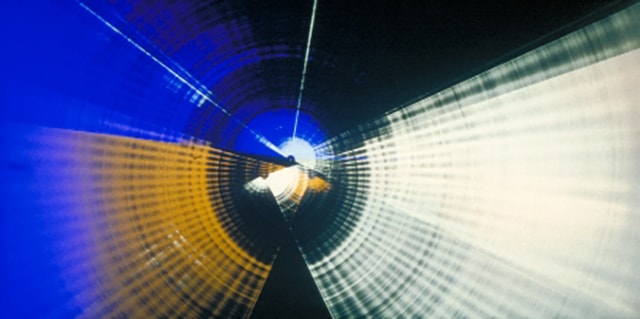
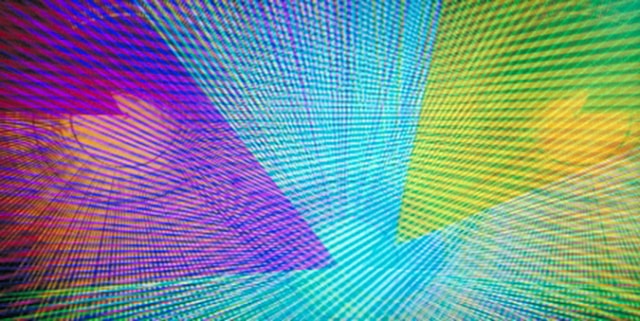 [caption id="attachment_1043" align="alignnone" width="3508"]
[caption id="attachment_1043" align="alignnone" width="3508"]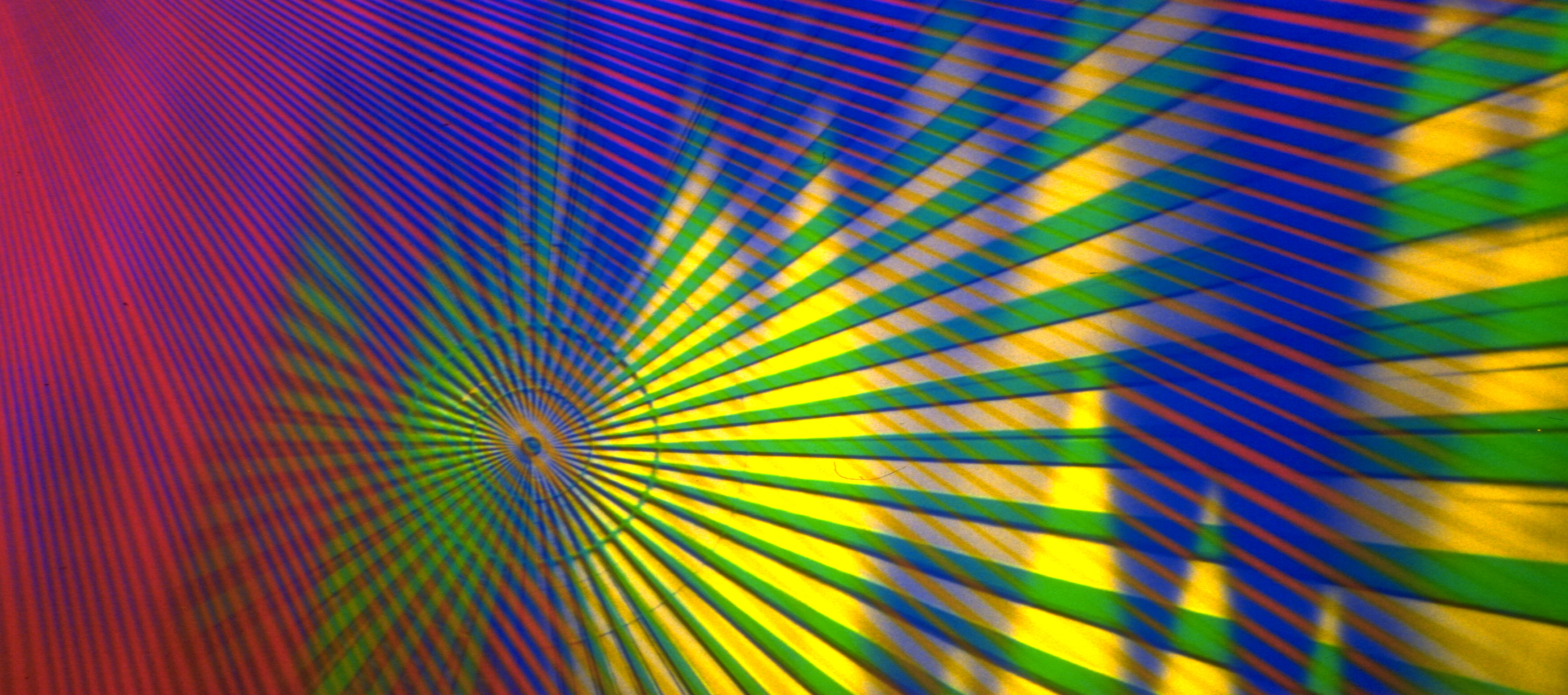 still from #11, Marey <-> Moiré (1999, 35mm cinemascope, 21 minutes) by Joost Rekveld.[/caption]
[caption id="attachment_1044" align="alignnone" width="3186"]
still from #11, Marey <-> Moiré (1999, 35mm cinemascope, 21 minutes) by Joost Rekveld.[/caption]
[caption id="attachment_1044" align="alignnone" width="3186"]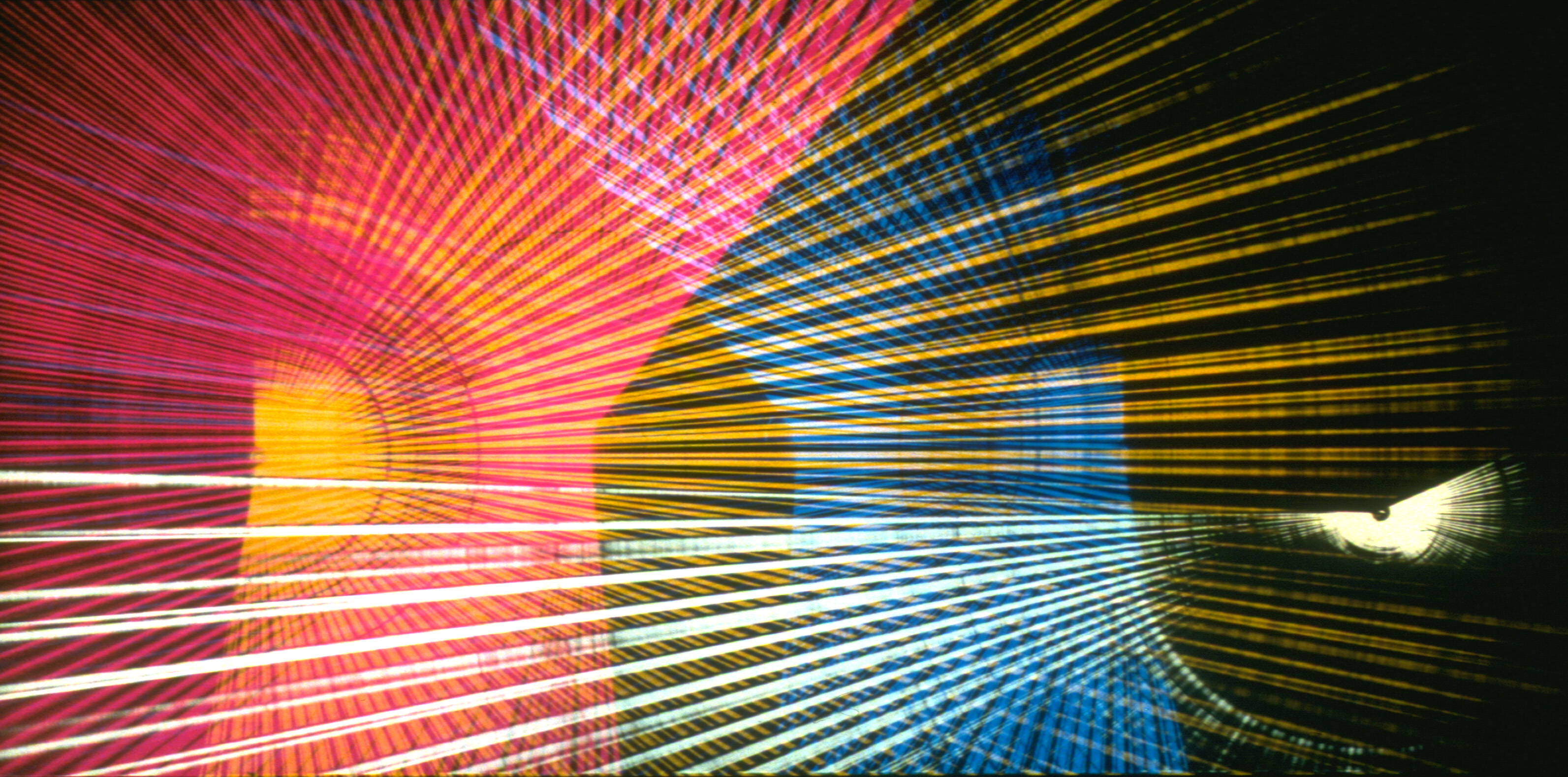 still from #11, Marey <-> Moiré (1999, 35mm cinemascope, 21 minutes) by Joost Rekveld.[/caption]
[caption id="attachment_1045" align="alignnone" width="3282"]
still from #11, Marey <-> Moiré (1999, 35mm cinemascope, 21 minutes) by Joost Rekveld.[/caption]
[caption id="attachment_1045" align="alignnone" width="3282"]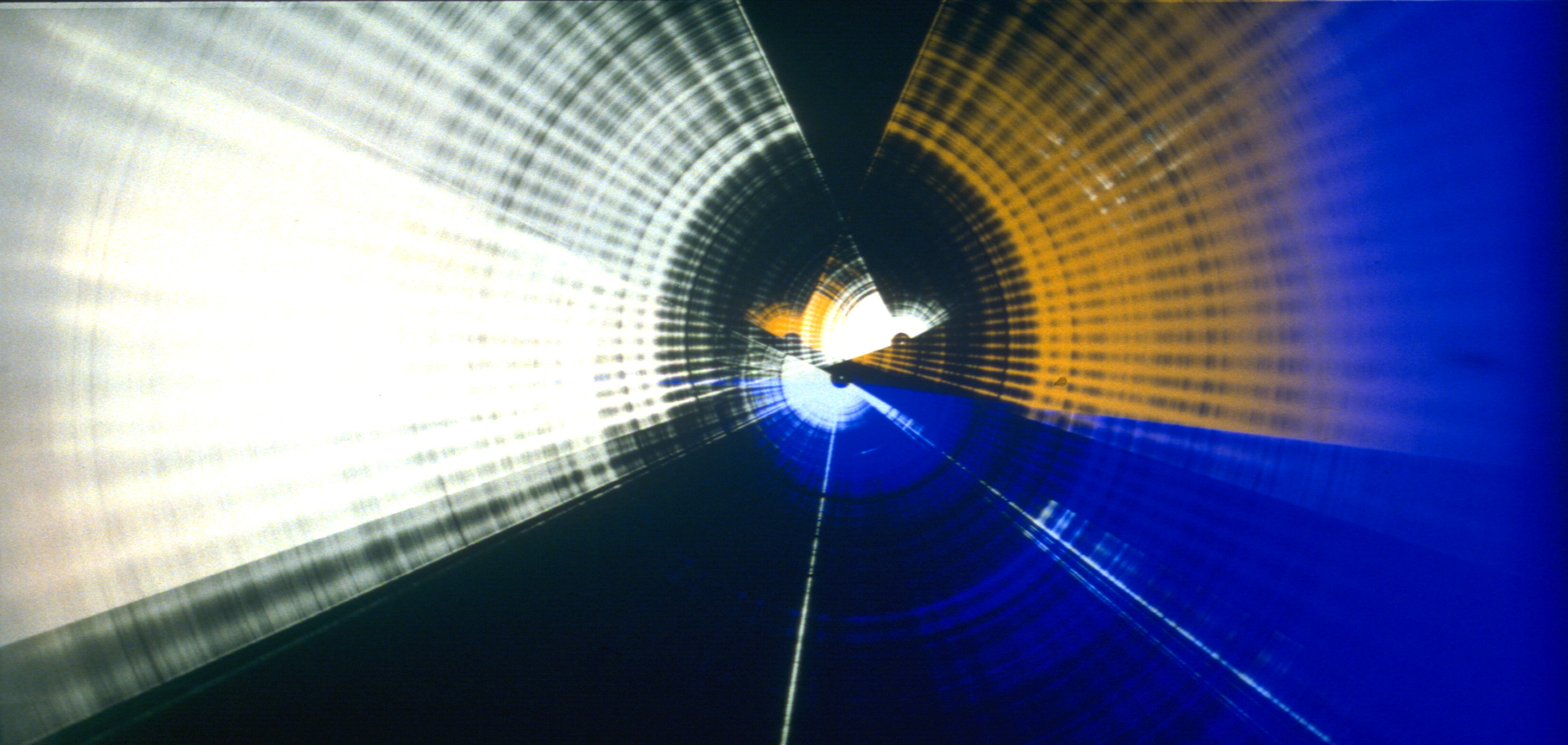 still from #11, Marey <-> Moiré (1999, 35mm cinemascope, 21 minutes) by Joost Rekveld.[/caption]
still from #11, Marey <-> Moiré (1999, 35mm cinemascope, 21 minutes) by Joost Rekveld.[/caption]
year
1999
premiere
International Film Festival Rotterdam, 2000
In 2000 the film also won the Grand Prix for non-narrative short film at the Holland Animation Film Festival.
#11, Marey <-> Moiré was the first Dutch film to ever be screened at the Sundance Film Festival.
software
To create the film, a computer program was used to control the camera, strobe lamp, and rotating pointer in order to regulate various frequencies and shutter speeds.
functionality
part of collection
The film is distributed by Lightcone (Paris), Lux (London), Ralph McKay (Marfa), EYE (Amsterdam).
production
#11, Marey <-> Moiré is a 21-minute, 35mm cinemascope film in colour, with sound produced through the development of special tools by the artist. Images in the film are by Joost Rekveld and the soundtrack is by Edwin van der Heide.
The film was produced by Gerard Holthuis of Filmstad Producties. The Dutch Film Fund offered financial support.
To create the film, Rekveld built a machine in order to manage three movements: the film in the camera, the rotation of a shutter placed in front of the light source, and the movement of a line in front of the camera.
Rekveld did this by placing a white pointer in front of a black background that spins at various speeds. The pointer is then illuminated by a strobe that emits light at varying and changing frequency. The lamp is positioned perpendicular to the pointer and the camera is positioned on the same axis as the lamp. Using a “semi-transmissive mirror”, the camera films the pointer as it turns. The computer program, as mentioned, manages the independent movements and speeds of the camera, lamp, and the rotating pointer during this process.
The “interferences” generated as a result of the different and varying speeds of movement from the film, the rotation of the pointer, and the movement of the line, make up the content of the material used to create the film.
These optical experiments were first recorded as high contrast black and white images, which were then processed in an optical printer, injecting colour into the images and producing the vibrant abstract compositions.
hardware
Rekveld used a variety of equipment to create the film: film camera, rotating pointer, strobe light (stroboscope), and a computer to run the program that managed the speed of movement of the camera, shutter, lamp, etc.
technical specs
intention artistquote by artist
Extending from his sustained exploration of light, Rekveld intended to both further explore methods for creating images by using light as raw material over film and to incorporate his increasing fascination with early cinema technology:
“One idea that came to mind was to record a continuous movement with long exposures like I had been doing before, but to interrupt these exposures many times to generate visual patterns. This would create interesting interferences between the motions involved ( . . . ) I had been looking for a kind of ‘pure’ film: images the film apparatus would come up with if left alone, as it were. While thinking about ‘pure’ film I started to look towards the historic origins of film and new media in general. Besides #11 this led to experiments I did with various mechanical installations using nipkow discs or anorthoscopes. ”1
quote
“A film about the discontinuity that lies at the heart of every moving image medium. The images were generated by intermittently recording the movement of a line, revisiting the chronophotographic techniques of Étienne-Jules Marey.”2
influence
Like much of his practice, Rekveld has looked to the work of scientists that have come before him as inspiration for his work. The title of the work refers to both French scientist Étienne-Jules Marey and Swiss photographer Ernst Moiré.
The machine that Rekveld developed to create the film is based on the work of Marey, who was interested in studying the movement of animals and humans, and in doing so, created many machines and apparatuses—such as chronophotographic processes in the 19th century—that were used to record these movements and that, in effect, became a prelude to the techniques of cinema.
For the second part of the film’s title, Rekveld invokes the name of Moiré as a reference to a kind of interference pattern effect that he discovered and that was subsequently named after him. The Moiré effect, as it is known, is a kind of visual perception occurring when an opaque pattern that has transparent negative space within it is lined up over another, not identical, opaque pattern with transparent negative space.
context
LITERATURE
#11 (Marey Moiré).” EYE, 26 Aug. 2015, eyefilm.nl.
Graveland, Mariska. “Joost Rekveld: Light Matters.” IFFR, 27 Jan. 2017, iffr.com.
part of active discussion
scene artists institutes
Étienne-Jules Marey, Ernst Moiré, IFFR, EYE
footnote
1 Joost Rekveld, “#11, Marey Moiré.” Light Matters, joostrekveld.net.
2 Joost Rekveld, “#11, Marey Moiré.” Light Matters, joostrekveld.net.
Annie Abrahams
Livinus van de Bundt & Jeep van de Bundt
Driessens & Verstappen (Erwin Driessens and Maria Verstappen)
Yvonne le Grand
Edward Ihnatowicz
JODI (Joan Heemskerk & Dirk Paesmans)
Bas van Koolwijk
Lancel/Maat (Karen Lancel and Hermen Maat)
Jan Robert Leegte
Peter Luining
Martine Neddam
Marnix de Nijs and Edwin van der Heide
Dick Raaijmakers
Joost Rekveld
Remko Scha
Jeffrey Shaw
Debra Solomon
Steina
Peter Struycken
Michel Waisvisz